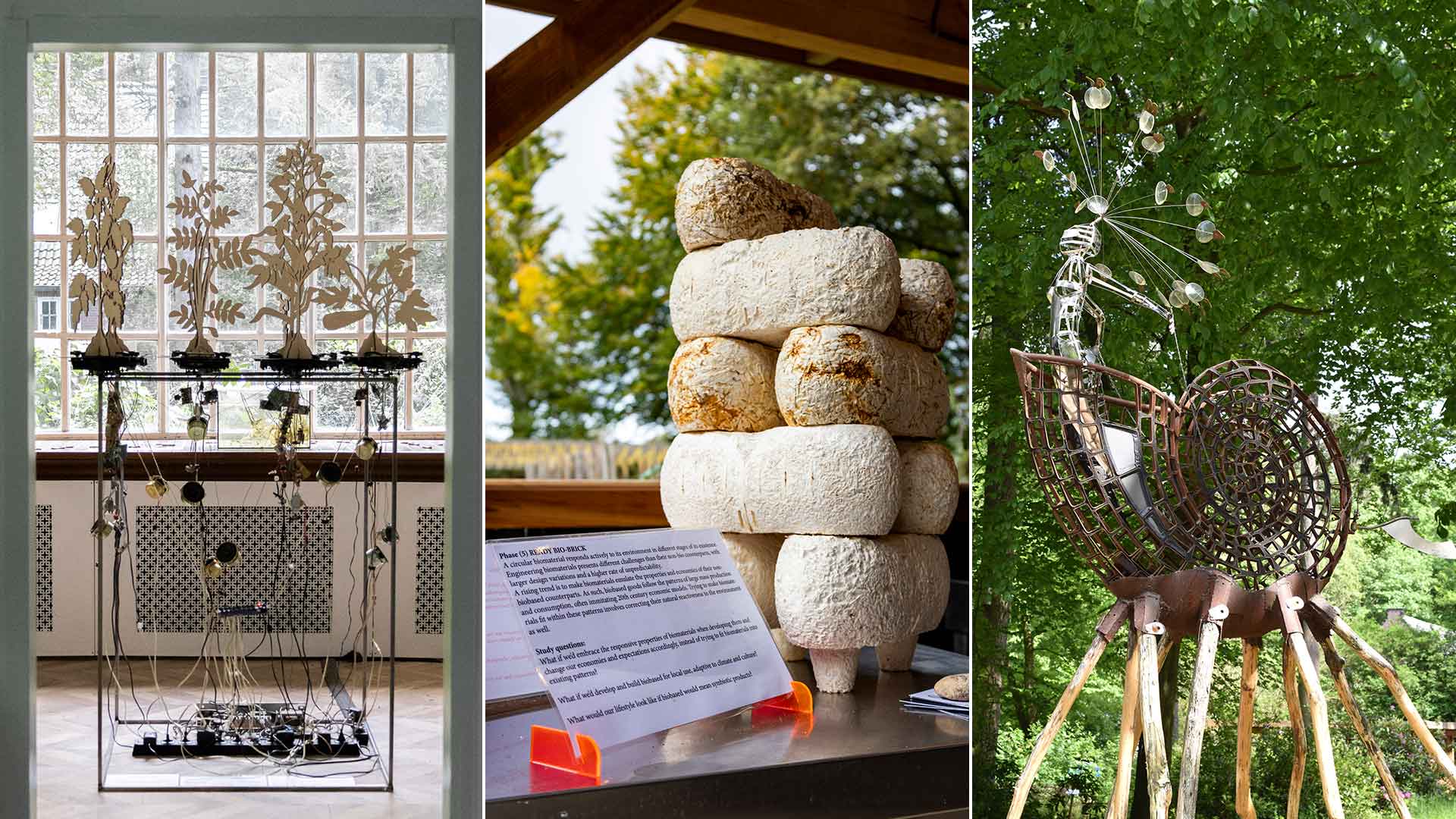
Science, nature, technology, and creativity come together to form a dynamic and fruitful junction that fosters understanding and innovation. The foundation of knowledge provided by science enables us to understand the complexities of the natural world, and nature itself is an endless source of inspiration. In turn, technology gives us the ability to control and harness natural forces, which makes it easier for innovative concepts and solutions to come to life. The unifying force throughout these fields is creativity, which inspires us to venture into new territory, devise original experiments, and create cutting-edge technologies that not only expand our understanding but also improve our lives and the environment in which we live.
It is at this crossroads where the approach of the Eidenhoven-based foundation BioArt Laboratories lies. An international non-profit organisation with a multidisciplinary focus that operates internationally and serves as a catalyst for crossover innovations. The foundation was founded by Jalila Essaïdi in the year 2011 owing to her interest in biotechnology and life sciences. “Jalila Essaïdi, pioneer, artist and entrepreneur, developed a bulletproof skin based on spider silk. She founded BioArt Laboratories to enable future talents to develop, making use of her experience and contacts,” explains the laboratory’s official website.
The foundation defines its projects as Symbiocene, a concept through which ideas and initiatives investigate interwoven symbiotic possibilities between the human habitat and the surrounding ecology, departing from current human-centred systems. The ‘Symbiocene Forest – Down to Earth’ project by BioArt Laboratories focuses on ecological and evolutionary theories about life as the unity of all living things. It deciphers the overpowering and detrimental human effect on climatic, biophysical, and evolutionary processes that disturb this relationship. “At BioArt Laboratories, we are exploring the blueprint for a new era in human history where design and evolution merge: the Symbiocene Forest,” mentions the foundation’s profile.
Located in The Netherlands, is BioArt Laborateries’s studio called the ‘BioArt Village’, tucked away in a military bunker complex built by the German army during the Second World War. At this location, the foundation aims to establish a self-sufficient ecosystem by applying a circular and sustainability-driven approach to all of its resources and waste materials. “Our BioArt Village will be a crossover hotspot where science, arts and nature meet: there is a fully functional hybrid laboratory, numerous ateliers and nature is right outside the door,” as described on BioArt Laborateries’s official website.
The foundation describes its laboratory as a ‘hybrid laboratory’ owing to the presence of a biochemical research station, set up for research and development of biomaterials along with a traditional atelier, equipped for prototyping and production of new installations and equipment. The laboratory fosters its very own material bank titled the Materialenbank which is regularly updated with new materials. “Some of the bacteria in our inventory require a special environment to survive such as freezers set to -80 degrees centigrade, refrigerators, incubators, marshland, forest, etc. Examples of unique materials that you can find in our Materialenbank are Gecko Glue, Slime mould, and Luminous bacteria,” reads the official website.
By connecting science, nature, art and design BioArt Laboratories has not only established a singular venue for multidisciplinary collaboration but also provided access to a future where environmental sustainability and human ingenuity coexist in a mutually beneficial manner. We see the realisation of a concept where creativity, science, nature, and technology come together to reinvent our perception of the world we live in in this creative enclave.
